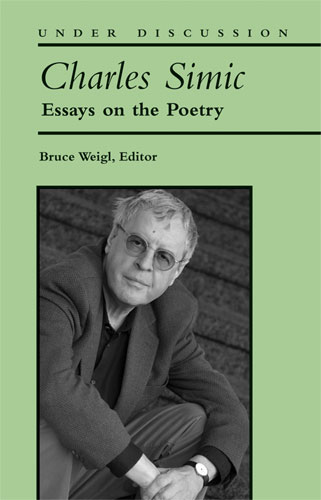So, this is Christmas.
The season of sentimentality.
I’ve been fumbling and stumbling for too long now, day-to-day, under a
fog of sadness…exhausted (2014 has been a rough year.) But then, reading in my favorite chair next
to the Christmas tree with Vince Guaraldi on the stereo playing “Christmas Time
is Here” (how much more cliché could I get), I felt the welling up, the lump in
my throat and the fog began to lift. I
began to jot notes for poems in the back of the book I was reading. I began to hear words in the music, music in
the words.
A poem begins with a lump in the throat; a homesickness or a love sickness. It is a reaching-out toward expression; an effort to find fulfillment. A complete poem is one where an emotion has found its thought and the thought has found words. – Robert Frost
I say, let the schmaltz run free! And what better time than at Christmas with
so much emotion tied to memories, happiness and sadness, love that is with us
and love that is gone. So many ways to
wrench our hearts…to break them wide open.
And I believe for we writers (artists of any ilk actually),
we cannot be afraid of the sentimentality within us, cannot be afraid to
remember, cannot be afraid to feel. All
of our stories are born out of memory.
There are periods when work stress and the demands of day to
day living can numb the poetry out of my brain, can put me into that fog of
sadness. So when pictures of Christmas
past or some sappy romantic Christmas movie bring a tear to my eye, I know I can
still feel. And that is the time to write,
when the crack has been made in the hard shell of life. Take advantage of the moment, seize those
powerful emotions because even if they were provoked, aroused, teased by
romanticism or manipulated by formulaic theatre…those are still real emotions triggered
by the part in us that has no connection to rationality.
The skill is in being able to craft and shape away the
cliché and the trite. That is the making
of art. Without the emotion there is no art.
Poetry is best when it is something you just gotta get off your chest…I personally only write when I absolutely have to – when it gets so it hurts too much if I don’t. – Kenneth Rexroth
So Merry Christmas, drink it in to the last sweet and sappy
drop, and when you can’t take it anymore, write!
I offer you a poem, hope you enjoy it.
My Only Christmas Poem
Here’s to the Christmas tree that fell
breaking our tiny glass heart ornaments
dangerous shiny slivers stuck in the carpet nap,
to the evergreen needles
swept into a pile, to the roasted potatoes
burnt and stuck to the bottom of the pan,
to your father’s last Christmas
when he made shy Courtney sing.
Here’s to the last bottle of wine.
Here’s to blown fuses, to stale cookies,
to all the gifts that were wrong,
to Dexter Gordon’s “Have Yourself a Merry Little Christmas.”
Here’s to Italy’s Seven Fishes
and to a Charlie Brown Christmas tree.
Here’s to Linus and Scrooge.
Here’s to building sailing ships at 2 a.m.
Here’s to the year we almost missed.
Here’s to our 12-year-old son who tells us
dancing in front of the tree
is way too corny.








